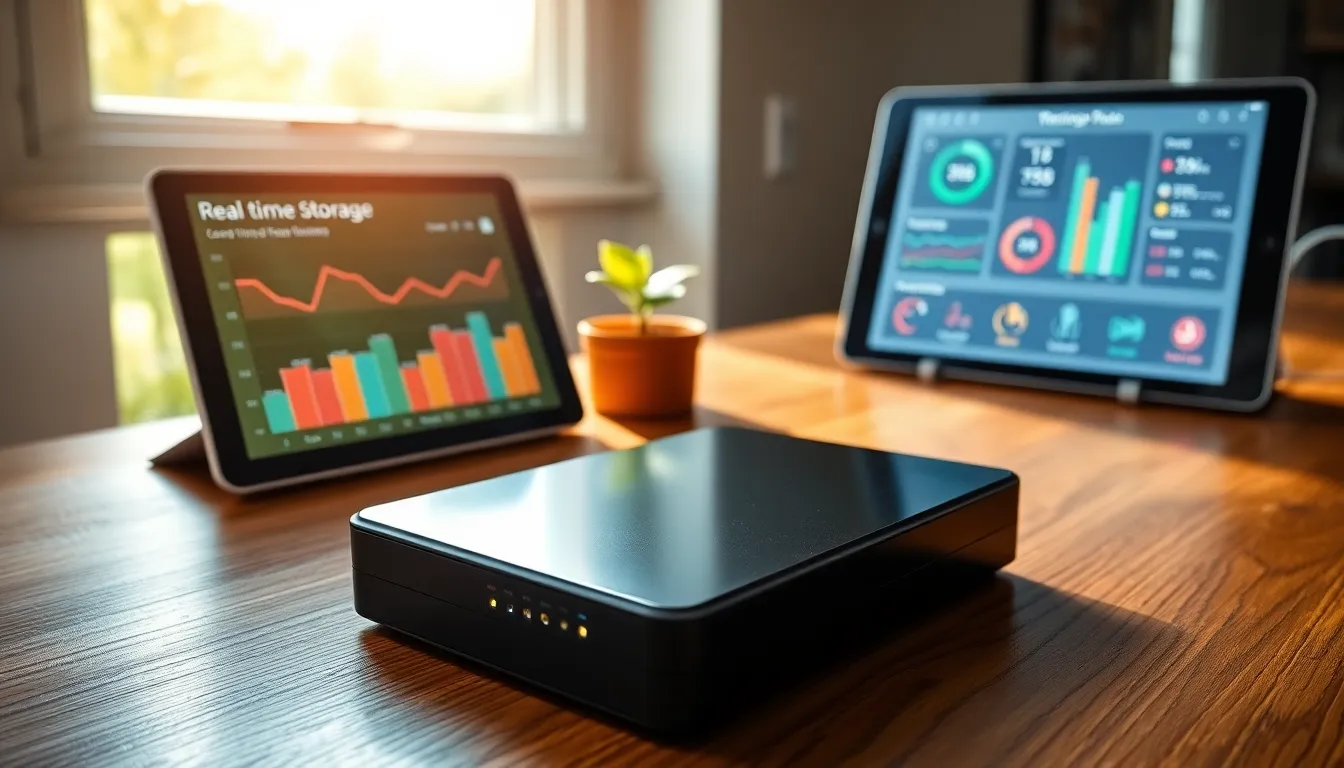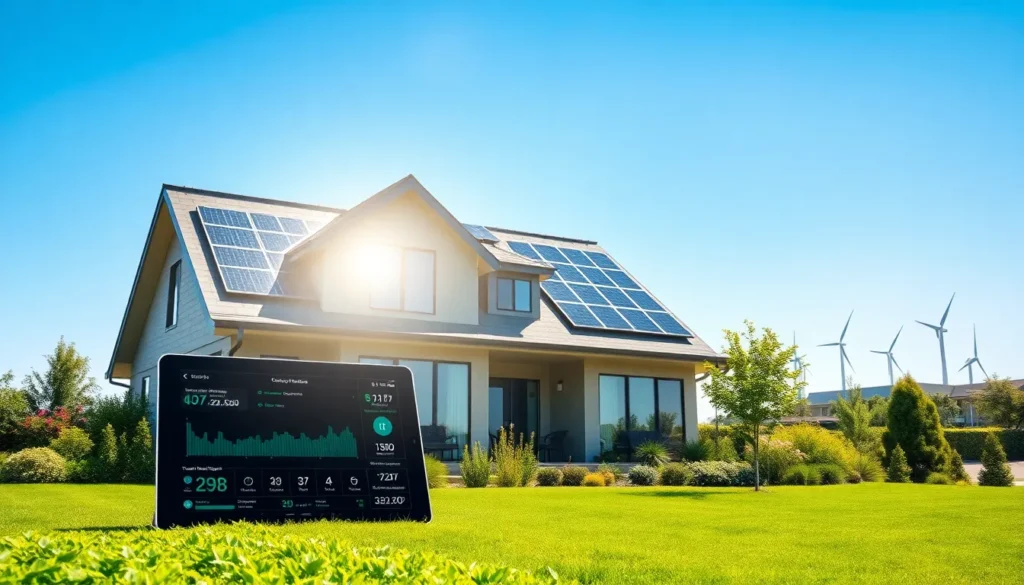Table of Contents
ToggleIn today’s world, where energy efficiency is paramount, understanding and improving power retention is crucial. Whether for residential, commercial, or industrial applications, effective power retention strategies can lead to significant savings and sustainability. This article delves deep into what power retention means, its importance, strategies to enhance it, and the innovative technologies that are shaping the future.
Understanding Power Retention

Power retention refers to the ability of systems, be it electrical grids, appliances, or energy storage devices, to maintain stored energy over time. This is key to optimizing energy use and ensuring that energy is available when needed. Understanding how energy is stored and retained can greatly influence systems ranging from household appliances to large-scale renewable energy installations. Factors affecting power retention include the type of materials used in energy storage solutions, environmental conditions, and the efficiency of the technology employed.
Importance of Power Retention
The significance of power retention cannot be overstated. Efficient power retention contributes to lower energy costs, reduced environmental impact, and enhanced energy security. For households, particularly those relying on renewable energy sources like solar or wind, effective retention can mean the difference between a stable energy supply and unnecessary power loss. In commercial settings, improved power retention can lead to substantial savings and bolster a company’s green credentials. Also, power retention plays a critical role in managing peak loads, stabilizing the grid, and enhancing overall system reliability.
Strategies for Improving Power Retention
To boost power retention, several effective strategies can be employed:
- Upgrade to High-Efficiency Appliances: Replacing old appliances with energy-efficient ones can significantly enhance energy retention and reduce overall consumption.
- Use Smart Energy Management Systems: Implementing smart systems that monitor and adapt energy usage can lead to smarter retention of power.
- Improve Insulation in Buildings: By enhancing insulation, buildings can reduce the energy needed for heating and cooling, so retaining power more efficiently.
- Integrate Energy Storage Solutions: Batteries and other storage systems can capture and hold energy generated during low-demand periods for use during high-demand periods, improving overall retention.
- Regular Maintenance of Systems: Ensuring that all systems are well-maintained can enhance their efficiency and power retention capability.
Common Challenges in Power Retention
Even though the benefits of power retention, there are challenges that many face:
- High Initial Costs: Implementing energy-efficient solutions can involve high initial costs, deterring many organizations and individuals.
- Technological Limitations: Not all technologies have the capacity for efficient power retention, and continuous evolution is necessary.
- Environmental Factors: Conditions such as temperature and humidity can affect energy storage capacities, especially in battery technologies.
- Regulatory Hurdles: In some regions, regulations can complicate the deployment of advanced retention technologies.
Innovative Technologies for Enhanced Power Retention
Several cutting-edge technologies are emerging to address the challenges of power retention:
- Solid-State Batteries: These provide higher energy densities and safety, enabling longer-lasting power retention.
- Flow Batteries: Ideal for large-scale applications, flow batteries can store and release energy effectively, making them suitable for renewable energy integration.
- Supercapacitors: Used alongside batteries, these can provide rapid bursts of energy, improving overall system efficiency.
- Demand Response Technologies: These enable consumers to adjust their energy consumption during peak times, aiding in power retention across the grid.
Case Studies of Successful Power Retention Initiatives
Several organizations and regions have successfully implemented power retention strategies. For instance, many cities in Germany have adopted solar-powered energy storage systems that retain surplus energy during the day for night use, significantly enhancing energy sustainability. Similarly, businesses such as Tesla have pioneered advancements in energy storage solutions that help supply homes with retained energy during outages. These case studies illustrate not only the feasibility of such initiatives but also the tangible benefits they yield in terms of cost savings and environmental impact.
Conclusion
Maximizing power retention is not just a choice: it’s becoming a necessity. In a world increasingly focused on sustainability and efficiency, understanding the intricacies of power retention, its importance, the challenges faced, and the innovative solutions available, can lead to substantial benefits for individuals, businesses, and communities alike. With ongoing advancements in technology and strategies, the future of power retention looks promising, paving the way for a more sustainable energy landscape.




